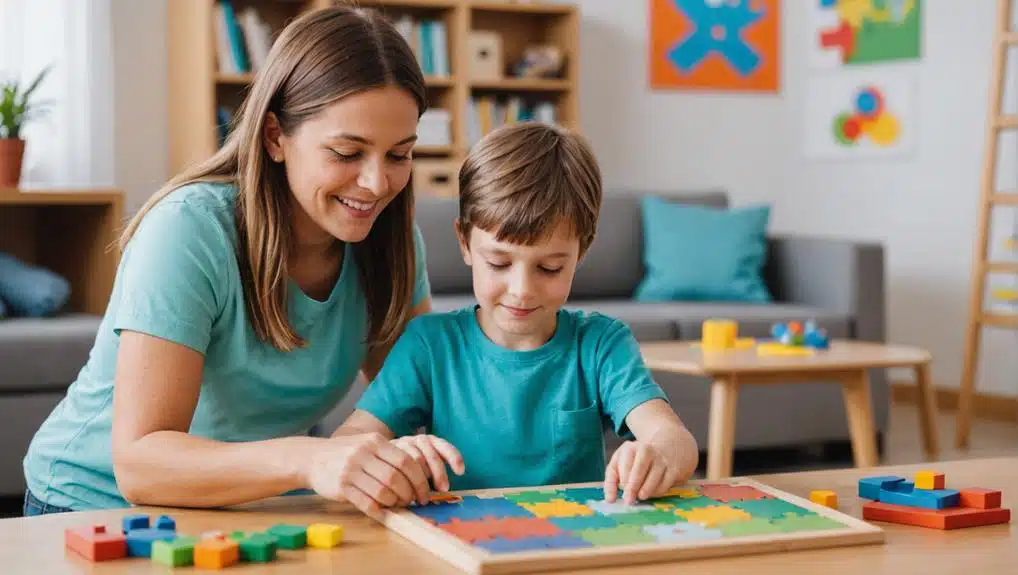Attention-deficit/hyperactivity disorder (ADHD) affects focus, impulse control, and activity levels. Symptoms often include distractibility, restlessness, and trouble organizing tasks. Diagnosis involves a clinical history, symptom checklists, and input from family or teachers. Treatment targets daily function and safety while addressing co-occurring issues such as anxiety or learning differences. No single pathway fits everyone, so approaches are combined and adjusted over time.
Cognitive Behavioral Therapy
Cognitive behavioral therapy (CBT) targets patterns of thought and behavior that disrupt work, school, and home life. It uses structured sessions, homework, and skill practice to build routines and reduce avoidance. Therapists may teach methods such as breaking tasks into steps, using time blocks, and creating cue-based prompts; clients then test these methods in real-world settings. You track triggers, identify unhelpful thoughts, and replace them with task-focused statements. Sessions often include:
- Planning systems: calendars, visual task maps, and cue cards
- Delay tools: timers, five-minute starts, and reward schedules
- Cognitive techniques: thought records and reframing scripts
Progress is reviewed using behavioral metrics, including task completion counts, late starts, and frequency of interruptions. Family or workplace coaching can help align expectations and support the development of new habits.
Lifestyle & Sleep Changes
Fixed bed and wake times, dark rooms, and limited late caffeine may help to reduce symptoms of ADHD. Because nutrition influences energy levels, steady meals rich in protein and fiber help stabilize focus throughout the day. Exercise supports regulation; short, frequent bouts are ideal for busy schedules and help reduce restlessness between tasks. You may build a supportive environment by shaping cues and reducing friction.
Place task tools in visible spots, store distractions out of reach, and set your phone to a mode that mutes alerts during work blocks. Social structure also matters. Share your plan with a study partner, meet at a set time, and end it with a brief review. Minor adjustments add up when repeated. Track what you try, note outcomes, and keep the parts that fit.
Stimulant & Non-stimulant Medications
Medication choices fall into two groups, each of which includes several options that differ in duration, dosing, and side-effect profiles. Stimulants affect the dopamine and norepinephrine pathways, which are related to attention and impulse control. Long-acting versions provide daytime coverage, while short-acting versions enable targeted use for specific periods. Non-stimulants offer alternatives when stimulants are a poor match, and they may be used alone or alongside stimulants.
A prescriber reviews cardiac history, sleep patterns, appetite changes, tics, and anxiety symptoms before selecting a starting option. You may report data points such as time to onset, wear-off effects, changes in appetite, and mood alterations. Safety steps may include secure storage, no sharing, and regular check-ins for blood pressure and heart rate as directed. Medication is one tool; it works best when paired with skills and a structured approach.
Get Treated for ADHD
Treatment works as a coordinated plan with behavioral skills, daily routines, and medication management. You set measurable targets, such as finishing a morning routine within a defined window or turning in assignments by due dates, and you review progress every few weeks. If you have ADHD symptoms and want structured help, schedule an evaluation with a licensed clinician, ask about coaching options, and discuss medication choices and monitoring.

Leave a Reply